Let’s talk about a little-known compound that might be lurking in your favorite nuts: oxalate. Now, don’t be alarmed, oxalate is naturally present in many plant-based foods, including nuts. This article will shed some light on what exactly oxalate is, why it’s found in nuts, and whether or not you need to worry about it affecting your health. So, grab a handful of your go-to nutty snack and let’s explore the world of oxalate in nuts together!
Oxalate In Nuts
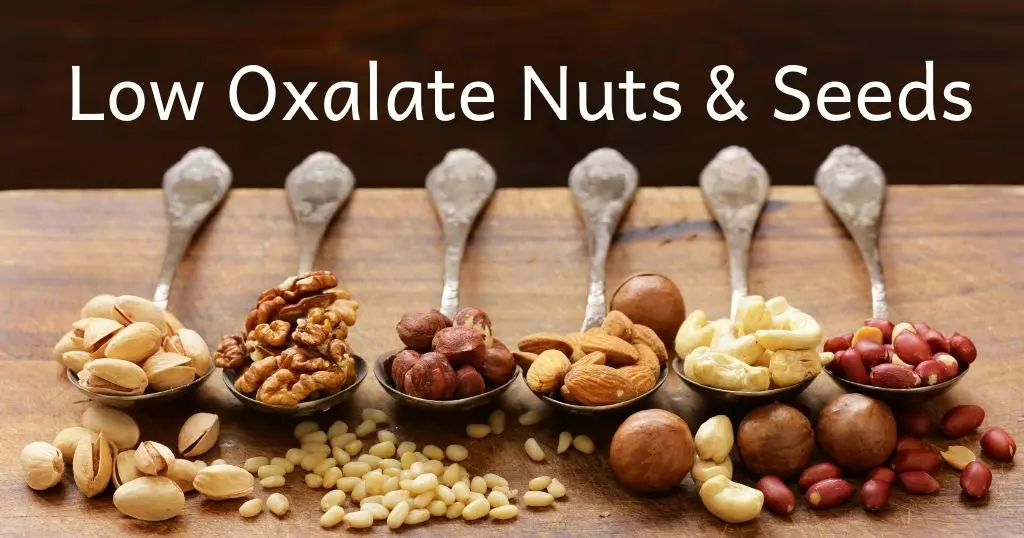
This image is property of www.thekidneydietitian.org.
What is Oxalate?
Oxalate is a natural compound found in many plant-based foods, including nuts. It is classified as an antinutrient because it can interfere with the absorption of certain minerals in the body, such as calcium and iron. Oxalate is primarily produced in plants as a defense mechanism against herbivores. In humans, oxalate can bind with calcium to form crystals, which can contribute to the development of kidney stones in individuals who are susceptible to them. However, it’s important to note that not everyone will experience negative health effects from consuming oxalate-containing foods.
Types of Nuts High in Oxalate
While most nuts contain some amount of oxalate, certain types are higher in oxalate content compared to others. Almonds, cashews, and peanuts are some of the nuts that tend to have higher levels of oxalate. However, it’s important to note that the oxalate levels can vary depending on the specific variety of nut and how they are prepared. Roasting or boiling nuts can help reduce the oxalate content to some extent.
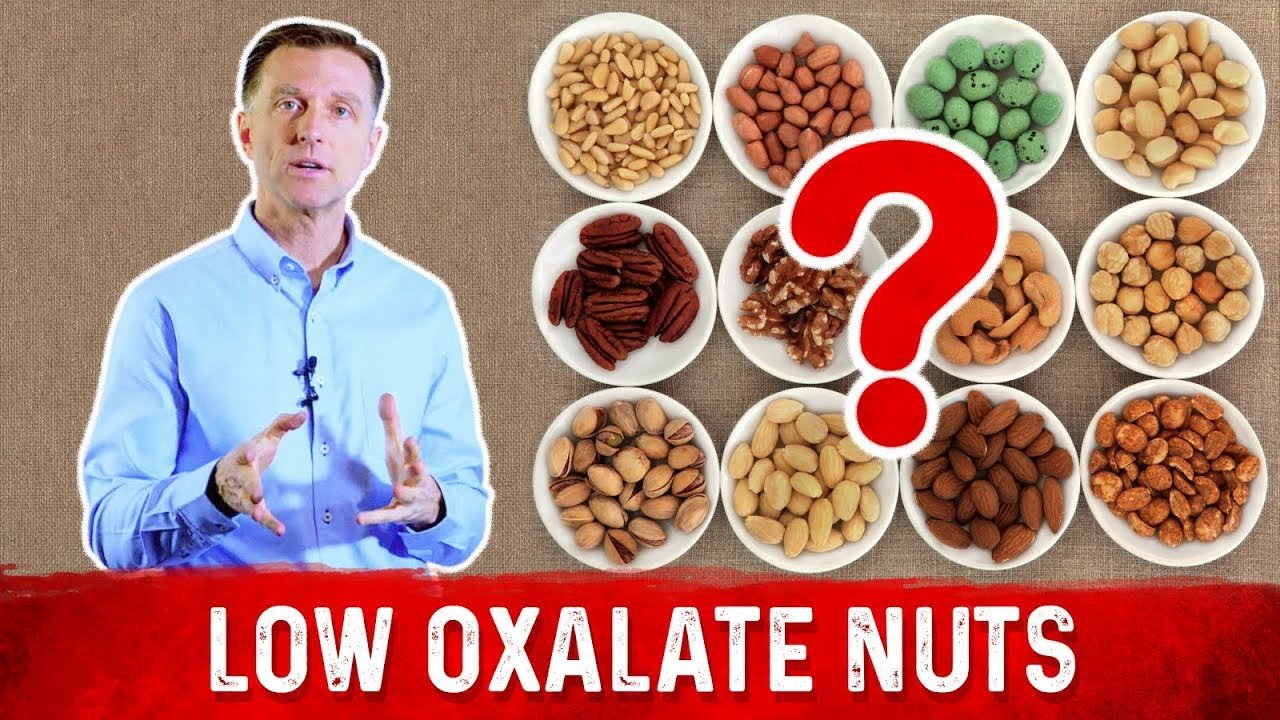
This image is property of i.ytimg.com.
Health Effects of Oxalate
Consuming high levels of oxalate can potentially increase your risk of developing kidney stones. When oxalate binds with calcium in the urinary tract, it can form crystals that may grow into stones over time. These stones can cause severe pain and discomfort when they pass through the urinary system. However, it’s important to note that not everyone who consumes oxalate will develop kidney stones, as other factors such as genetics, fluid intake, and overall diet also play a role.
Bioavailability of Oxalate in Nuts
The bioavailability of oxalate refers to how much of the compound can be absorbed by the body. In the case of nuts, the oxalate content may not be fully absorbed due to the presence of other compounds that can bind with oxalate, such as fiber and minerals. Additionally, the oxalate in nuts may also undergo changes during digestion, which can affect its ability to be absorbed. Therefore, while nuts may contain significant amounts of oxalate, not all of it may be absorbed into your system.
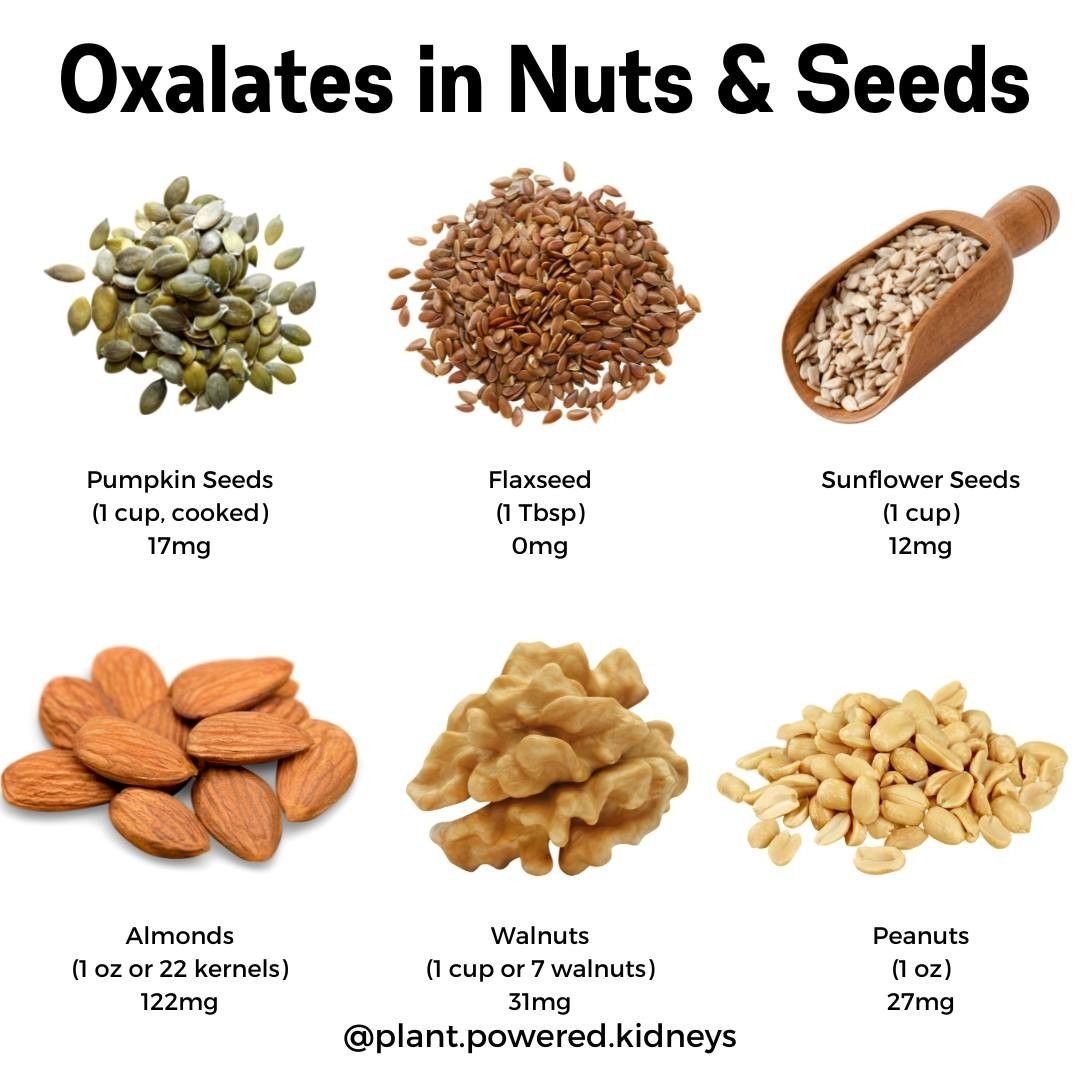
This image is property of i.pinimg.com.
Oxalate Content in Different Nuts
The oxalate content can vary among different types of nuts. For instance, almonds have been found to contain around 270-440 milligrams of oxalate per 100 grams, while cashews typically have around 200 milligrams per 100 grams. Peanuts, on the other hand, have a slightly lower oxalate content, with around 70-110 milligrams per 100 grams. It’s worth noting that these values can vary depending on various factors, such as the processing methods and the specific cultivars of nuts.
Are All Nuts High in Oxalate?
While certain nuts do contain higher levels of oxalate, it’s important to remember that not all nuts are considered high in oxalate. Some nuts, such as macadamia nuts and hazelnuts, tend to have lower oxalate contents compared to almonds or cashews. Additionally, the way nuts are processed or prepared can also affect their oxalate levels. For example, blanching almonds, which involves removing their skin, can reduce their oxalate content.
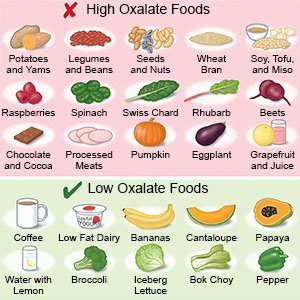
This image is property of www.drugs.com.
Tips for Reducing Oxalate Intake
If you’re concerned about your oxalate intake but still want to enjoy nuts, there are a few strategies you can try:
-
Soaking: Soaking nuts in water before consuming them can help reduce their oxalate content to some extent.
-
Roasting or Boiling: Cooking nuts through roasting or boiling can also help decrease their oxalate levels. However, it’s worth noting that excessive cooking can also lead to nutrient loss.
-
Pairing with Calcium-Rich Foods: Consuming nuts along with calcium-rich foods, such as dairy products or leafy greens, can help reduce the formation of oxalate crystals in the urinary tract.
Benefits of Consuming Nuts
While nuts contain oxalate, it’s important to remember that they also offer numerous health benefits. Nuts are packed with essential nutrients such as healthy fats, protein, fiber, vitamins, and minerals. They have been associated with improved heart health, reduced inflammation, and better overall nutrient intake. Including a variety of nuts in your diet can provide you with a wide range of health benefits.
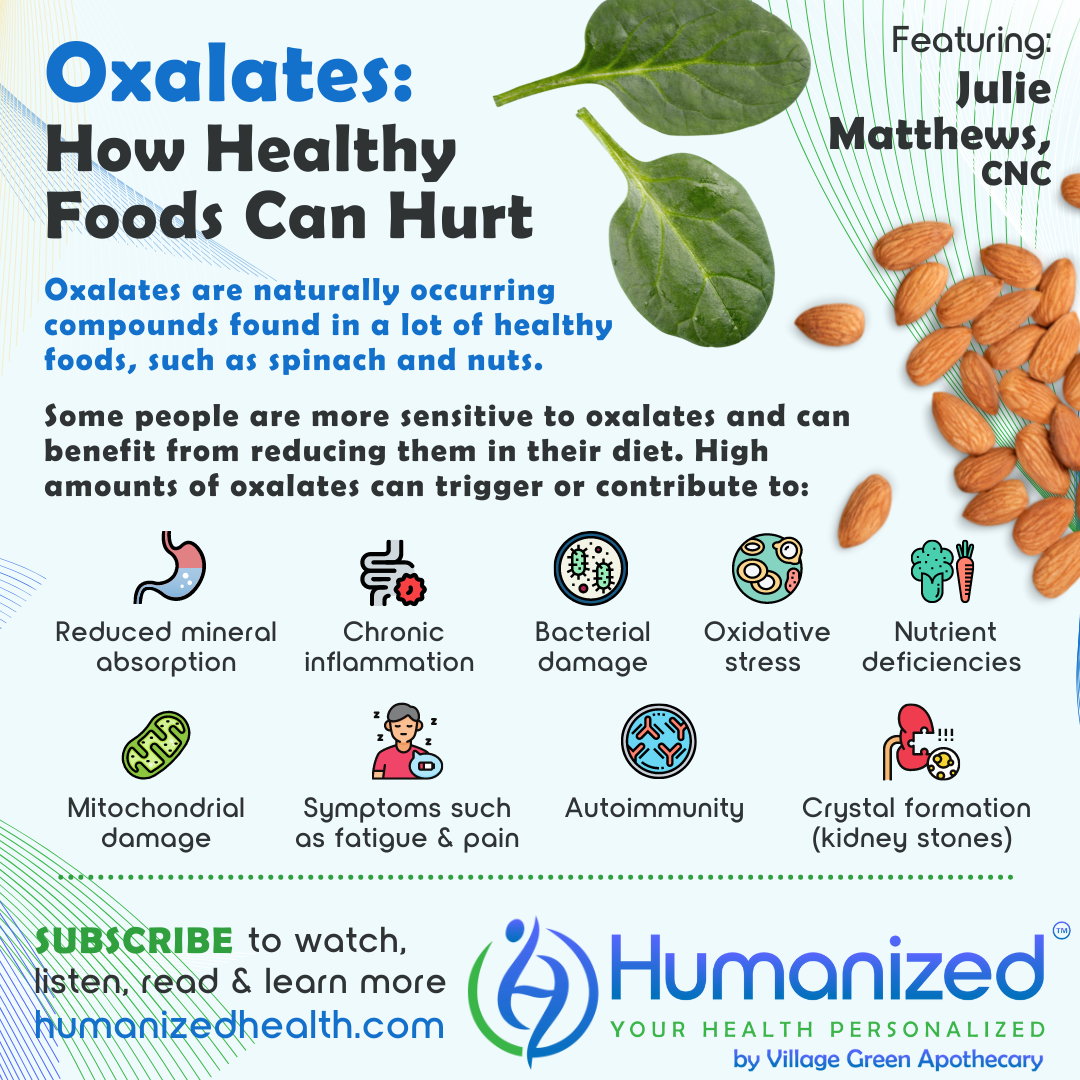
This image is property of humanizedhealth.com.
Managing Oxalate Intake in a Balanced Diet
While it’s important to be mindful of your oxalate intake, it’s equally important to maintain a balanced diet that includes a variety of nutrient-dense foods. Instead of avoiding nuts altogether, you can opt for different varieties that have lower oxalate contents. Additionally, incorporating other calcium-rich foods, consuming adequate fluids, and maintaining an overall healthy lifestyle can help mitigate the potential risks associated with oxalate consumption.
Conclusion
Oxalate is a compound found in many plant-based foods, including nuts. While consuming high levels of oxalate can potentially increase the risk of developing kidney stones, it’s important to consider other factors such as genetics and overall diet. Not all nuts are high in oxalate, and the bioavailability of oxalate in nuts may also vary. By understanding the oxalate content in different nuts and implementing strategies to reduce oxalate intake, you can still enjoy the numerous benefits that nuts have to offer as part of a balanced diet.

